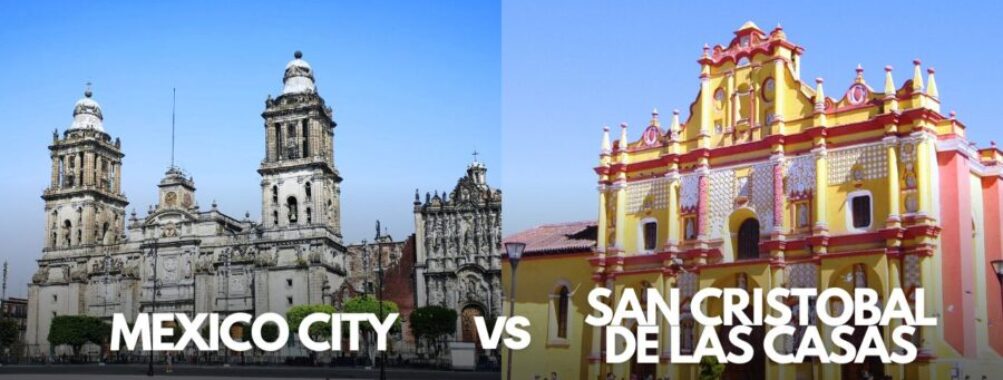
Mexico City vs San Cristobal de las Casas: 7 Stunning Differences Between Mexico’s Urban Giant and Chiapas’ Hidden Gem
Choosing between Mexico City and San Cristobal de las Casas is like deciding between two different versions of Mexico. Mexico City, with its population about 90 times larger than San Cristobal de las Casas, offers the bustling energy of a major metropolis. On the other hand, San Cristobal presents a more intimate cultural experience in the highlands of Chiapas.
The cost of living in Mexico City is nearly 62% higher than in San Cristobal de las Casas, making the latter an attractive option for budget-conscious travelers looking to immerse themselves in Mexican culture. This difference extends to everything from accommodation and food to entertainment and transportation.
Both destinations shine in their own ways—Mexico City’s world-class museums, historic sites, and cosmopolitan atmosphere, as well as San Cristobal’s colonial architecture, indigenous influence, and laid-back charm. For travelers with enough time, visiting both provides a more complete picture of Mexico’s diverse cultural landscape.
Table of Contents
- Geographical Context and Connectivity
- Location and Layout
- Transportation and Access
- Cultural Significance and History
- Historical Overview
- Cultural Heritage Sites
- Museums and Educational Centers
- Accommodations and Dining
- Hotels and Lodging
- Local Cuisine and Restaurants
- Natural Attractions and Outdoor Adventures
- Parks and Nature Reserves
- Adventure and Eco-Tourism
- Local Experiences and Activities
- Markets and Shopping
- Festivals and Events
- Arts and Entertainment
- Practical Information for Travelers
- Weather and Best Time to Visit
- Health and Safety
- Language and Communication
- Frequently Asked Questions
- What unique cultural experiences differentiate Mexico City from San Cristobal de las Casas?
- How do the climates of Mexico City and San Cristobal de las Casas compare and affect travel plans?
- Can you provide a cost comparison for travelers considering a stay in Mexico City, as opposed to San Cristobal de las Casas?
- What are the top historical attractions in San Cristobal de las Casas?
- Why might someone choose Mexico City over other popular tourist destinations in Mexico, such as Cancun?
- How has the renaming from Distrito Federal to Mexico City impacted the city’s identity and tourism?
- Book Your Dream Experience
- More Travel Guides
Geographical Context and Connectivity
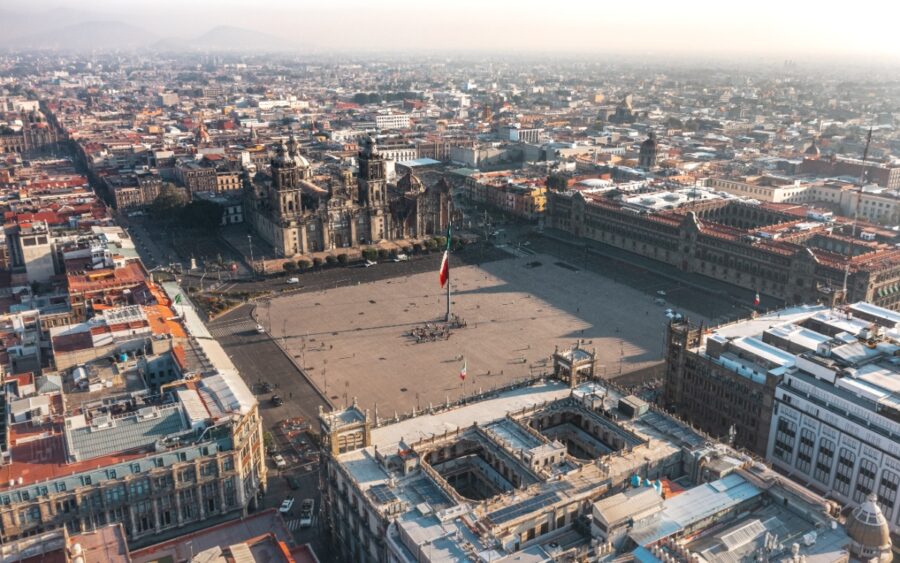
Mexico City and San Cristobal de las Casas offer contrasting geographical settings that shape the visitor experience. Their locations influence everything from climate to accessibility, with each destination in distinctly different Mexican landscapes.
Location and Layout
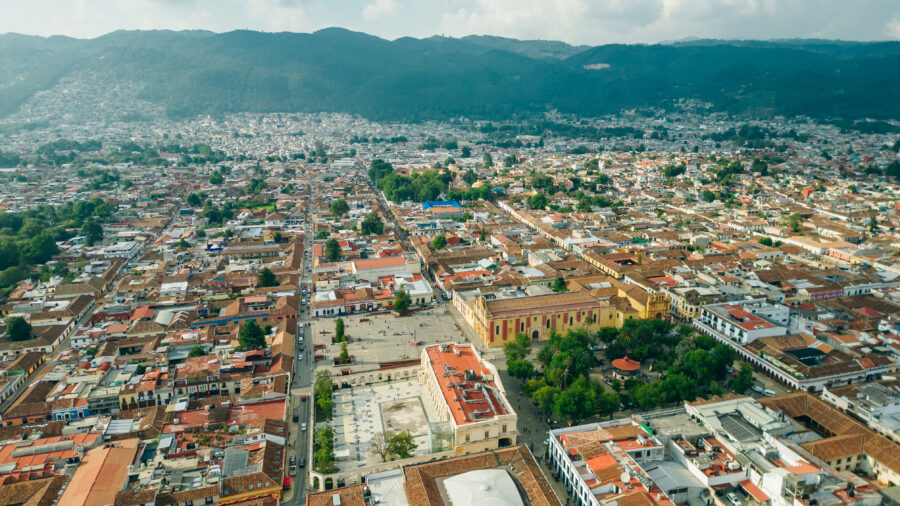
Mexico City sprawls across a vast valley in central Mexico at about 7,350 feet. As the nation’s capital, it’s organized into distinct colonias (neighborhoods) with the historic zócalo (main square) serving as its heart. The city extends for miles in all directions, creating a metropolis that can take hours to cross.
San Cristobal de las Casas nestles in the Central Highlands region of Chiapas state in southern Mexico. At around 7,200 feet, this much smaller city sits in a valley surrounded by pine forests and mountains.
Once the capital of Chiapas until 1892, San Cristobal maintains a compact, walkable colonial core with colorful low-rise buildings and large courtyards that give it its distinctive charm. The geographical center of Chiapas state lies near San Cristobal, making it an ideal base for exploring the region’s natural wonders.
Transportation and Access
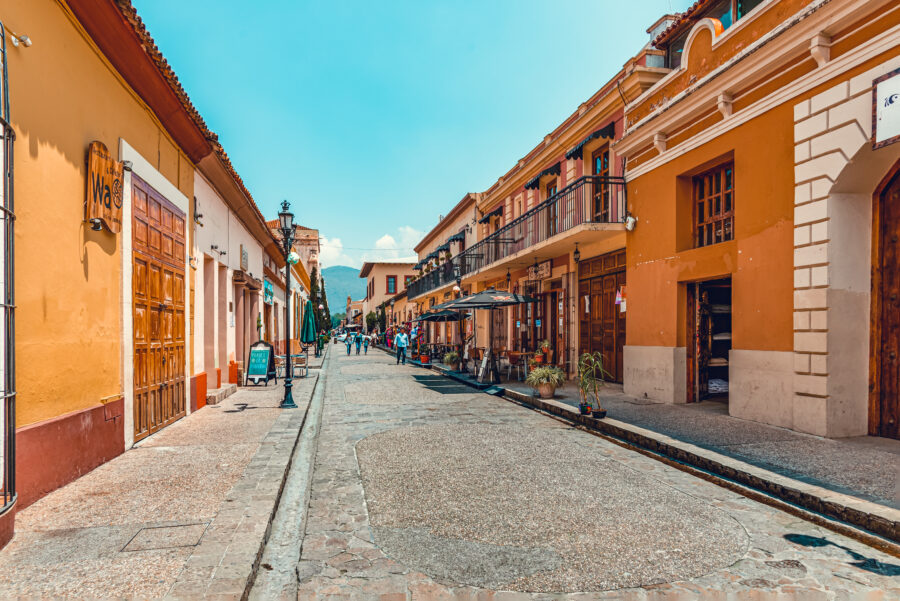
Mexico City boasts excellent connectivity with direct international flights from major cities worldwide. Its extensive public transportation system includes metro lines, buses, and rideshares, making navigation relatively straightforward despite the city’s size.
San Cristobal requires more effort to reach. Most travelers fly into Tuxtla Gutierrez (the current state capital) about 50 miles away, then take a 1-hour bus or shuttle to San Cristobal. Long-distance buses connect San Cristobal to other parts of Mexico, including a route from Cancun that takes approximately 16 hours.
Walking is the primary way to explore the historic center in San Cristobal, while colectivos (shared vans) serve outlying areas. The city’s smaller size makes it far easier to navigate than sprawling Mexico City, though it trades metropolitan convenience for highland charm and traditional artisanal culture.
Cultural Significance and History
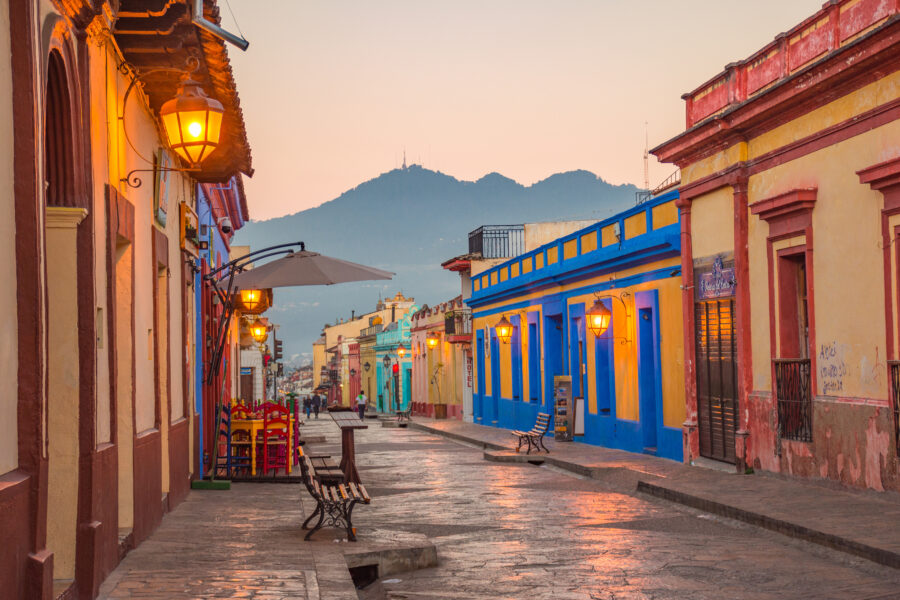
Mexico City and San Cristobal de las Casas hold tremendous cultural importance in Mexico, though in very different ways. Mexico City is the nation’s political and cultural center, while San Cristobal offers a unique window into indigenous heritage and colonial influences in the Chiapas region.
Historical Overview
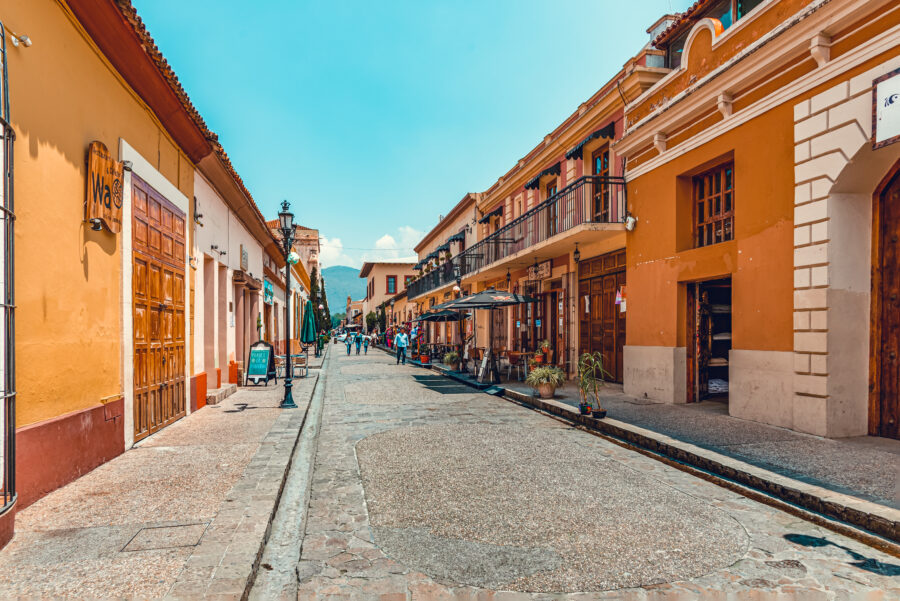
Mexico City’s history spans centuries. It was built upon the ruins of Tenochtitlan, a significant Aztec capital. After the Spanish conquest in 1521, it transformed into the center of New Spain. The city witnessed key historical moments, from independence movements to the Mexican Revolution.
San Cristobal de las Casas, nestled in the highlands of Chiapas, was founded in 1528 as a Spanish colonial outpost. Originally named Ciudad Real, it served as a regional administrative center. The city maintained its colonial architecture and cultural significance throughout the centuries, though it faced challenges like the 1994 Zapatista uprising that brought international attention to indigenous rights issues in Chiapas.
Both cities evolved differently. Mexico City became a sprawling metropolis, while San Cristobal preserved its small-town colonial character and indigenous influences.
Cultural Heritage Sites
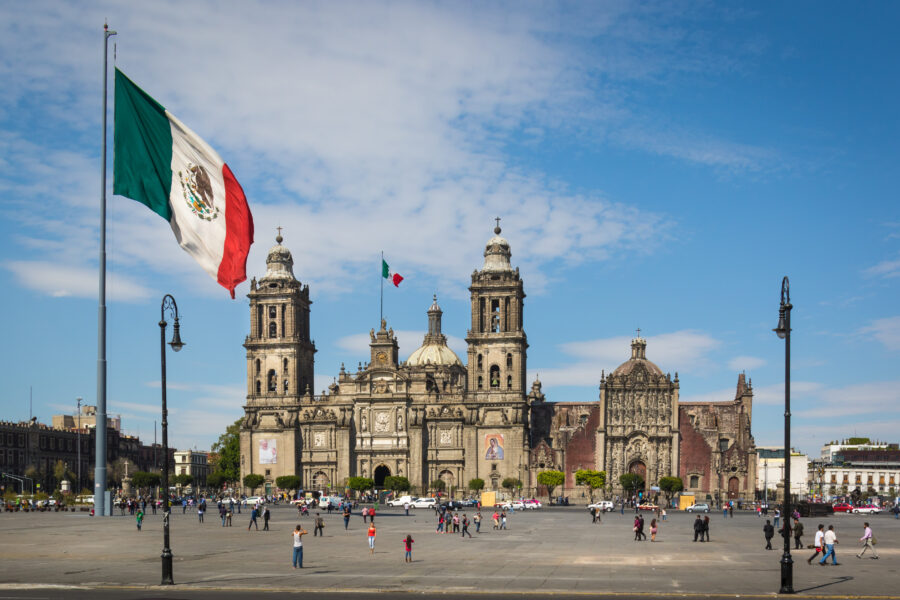
Mexico City boasts impressive heritage sites like the Zócalo, one of the world’s largest central squares. The Metropolitan Cathedral stands as North America’s largest and oldest cathedral. The ancient ruins of Templo Mayor offer glimpses into Aztec civilization right in the city center.
In contrast, San Cristobal’s heritage focuses on colonial-era architecture and indigenous influence. The yellow and crimson Cathedral of San Cristobal dominates the central plaza, showcasing baroque design elements. The city’s cobblestone streets and colorful buildings create a distinctive atmosphere that earned it recognition as a “Pueblo Mágico” (Magical Town).
Los Altos de Chiapas, the highland region surrounding San Cristobal. The place features communities preserving Tzotzil and Tzeltal Maya customs, creating a living cultural landscape unlike elsewhere in Mexico.
Museums and Educational Centers
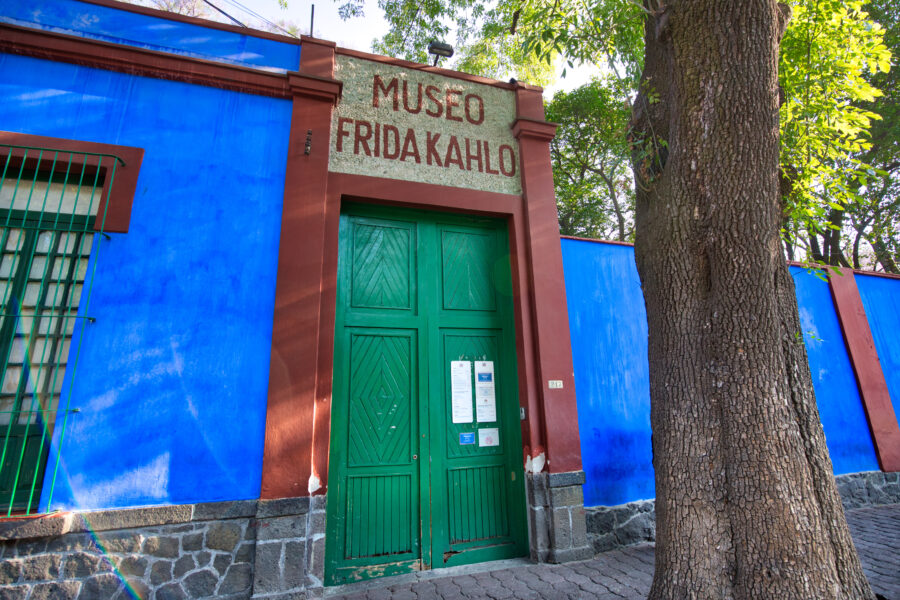
Mexico City houses world-class museums, such as the National Anthropology Museum, which houses the country’s most extensive collection of pre-Columbian artifacts. The Frida Kahlo Museum (Casa Azul) celebrates Mexico’s most famous female artist. The massive UNAM campus, a UNESCO site, is an educational and architectural marvel.
San Cristobal offers smaller but culturally significant museums. The Na Bolom Cultural Center preserves the legacy of Frans Blom and Gertrude Duby, researchers who documented indigenous cultures. The Amber Museum showcases Chiapas’ famous fossilized resin crafts.
The Sergio Castro Museum deserves special mention. Run by “the hero of Chiapas,” this unique collection displays indigenous clothing while supporting local communities through humanitarian work. These educational spaces provide a deeper understanding of Chiapas’ rich cultural tapestry.
Accommodations and Dining
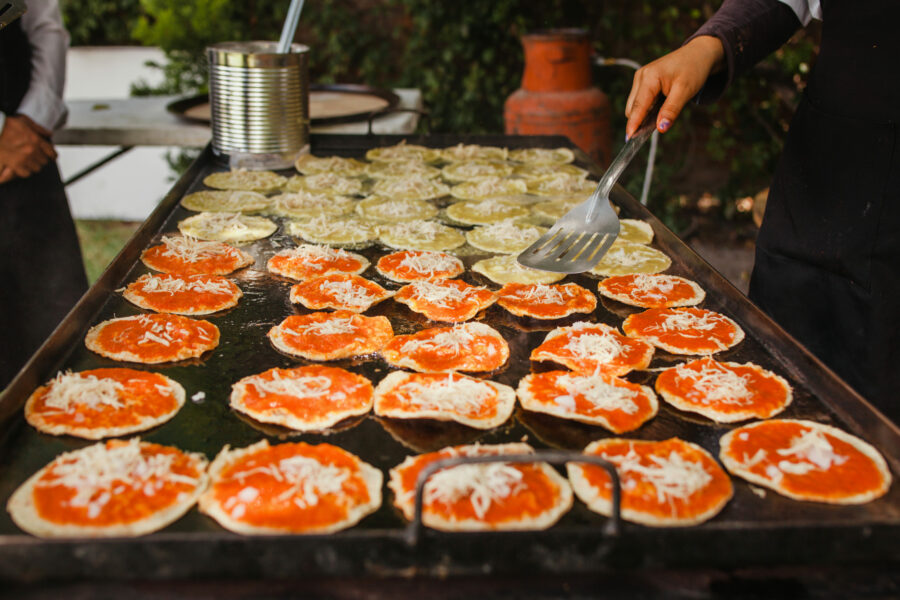
Mexico City and San Cristobal de las Casas offer unique places to stay and delicious food options with very different vibes and price points. Your experience will vary dramatically depending on which city you choose.
Hotels and Lodging
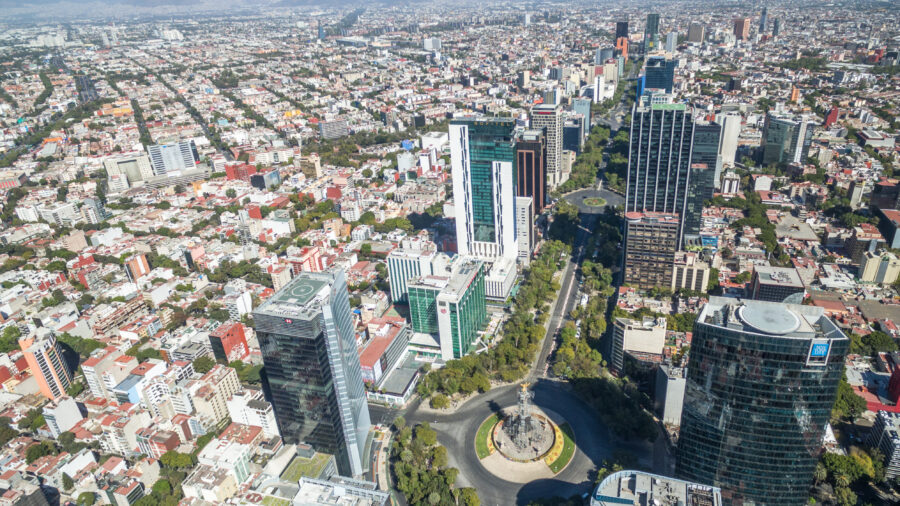
Mexico City boasts a wide range of accommodations from luxury international chains to boutique hotels and budget hostels. The Condesa and Roma neighborhoods feature stylish boutique hotels with modern amenities and artistic designs. You’ll find options for every budget, with luxury hotels starting around $150-200 per night and comfortable mid-range options from $70-100.
Booking.com offers numerous options across Mexico City’s diverse neighborhoods. The city’s accommodation scene caters well to business travelers and tourists alike.
San Cristobal de las Casas provides a more intimate experience with charming colonial-style hotels and guesthouses. Many lodgings are converted historic buildings with courtyards and traditional Mexican decor. Prices are significantly lower than in Mexico City, with mid-range options between $40 and $80 per night.
The town’s small size means most accommodations are within walking distance of the main attractions. Backpackers love the friendly hostel scene; many report it as their favorite place to stay in Mexico.
Local Cuisine and Restaurants

Mexico City is one of Latin America’s culinary capitals. The restaurant scene ranges from world-renowned fine dining establishments like Pujol to incredible street food vendors. Neighborhoods like Roma and Polanco burst with innovative eateries serving traditional and fusion cuisine.
Don’t miss trying:
- Tacos al pastor from street vendors
- Gourmet Mexican at upscale restaurants
- International cuisine from virtually any country
San Cristobal offers a more laid-back dining scene with a surprising variety for a smaller city. The restaurant Tierra y Cielo, located in the historic center, is highly recommended and part of a gastronomic hotel experience.
The town features many cozy cafes serving local Chiapas coffee. While Oaxaca might have more unique food options, San Cristobal still provides excellent regional cuisine at very reasonable prices. Many establishments focus on traditional dishes using locally-sourced ingredients from the surrounding highlands.
Natural Attractions and Outdoor Adventures
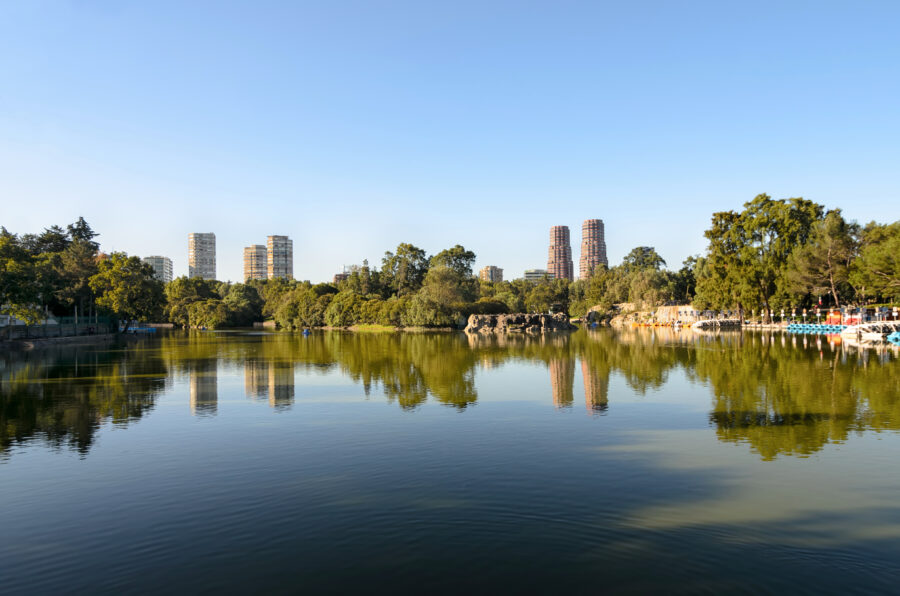
Mexico City and San Cristobal de las Casas offer incredible natural experiences in different settings. Mexico City provides urban parks within a massive metropolis, while San Cristobal is a gateway to Chiapas’ breathtaking wilderness.
Parks and Nature Reserves
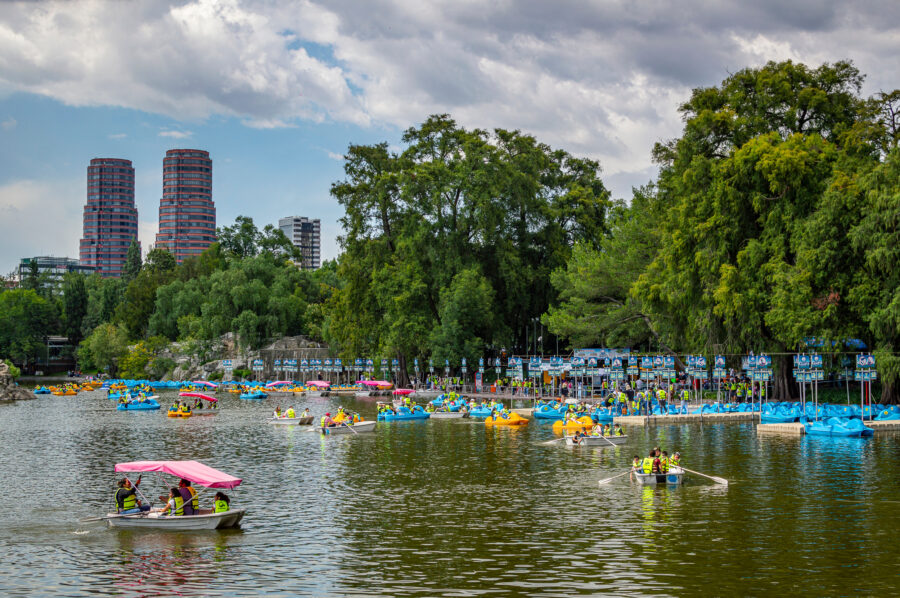
San Cristobal de las Casas is nestled in the highlands of Chiapas, surrounded by pine forests and rolling hills. The Moxviquil Reserve, just outside town, offers peaceful hiking trails through native forests with stunning viewpoints of the valley below.
In contrast, Mexico City boasts Chapultepec Park, one of the world’s largest urban parks with museums, a castle, and a zoo. While impressive, it still maintains an urban feel compared to Chiapas’ wild landscapes.
Just a short drive from San Cristobal, you’ll find El Arcotete, a natural park featuring impressive limestone arches and pine forests. The region also serves as a base for exploring the nearby Lagos de Montebello, a multicolored lake near the Guatemala border.
Adventure and Eco-Tourism
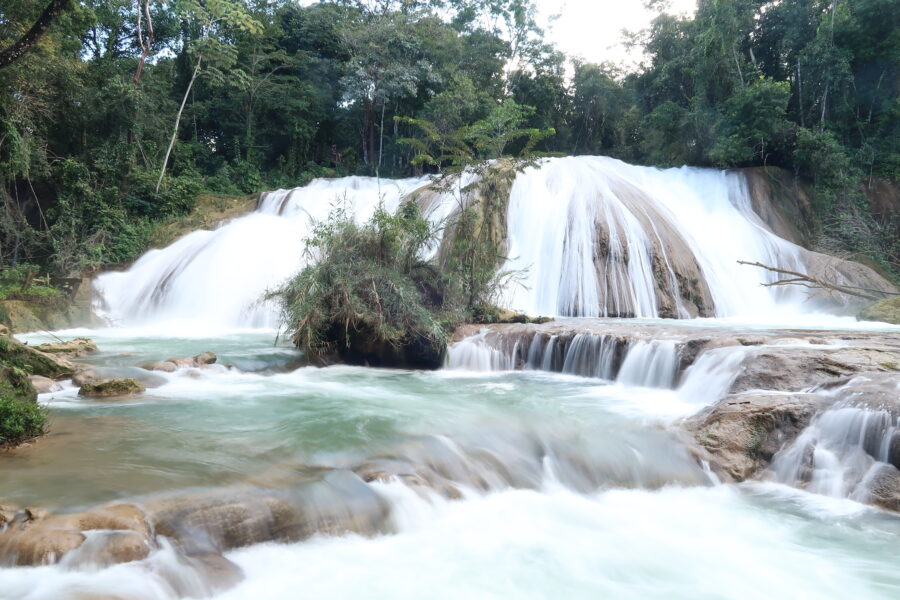
San Cristobal truly shines as a hub for outdoor adventures in Southern Mexico. The spectacular Sumidero Canyon tour lets you cruise through towering 1,000-meter cliffs while spotting wildlife like crocodiles and monkeys.
Day trips from San Cristobal also reach the breathtaking Agua Azul waterfalls, where limestone-rich turquoise waters cascade through lush jungle. During the dry season, the site combines natural beauty with swimming opportunities.
For history buffs, the ancient Mayan ruins of Palenque lie within reach of San Cristobal. The site is surrounded by misty forests filled with howler monkeys, offering a perfect blend of archaeological exploration and jungle adventures.
Mexico City offers outdoor experiences too, like canal tours in Xochimilco or volcano hikes at Iztaccíhuatl. But Chiapas provides a more immersive natural experience with its biodiversity and pristine landscapes.
Local Experiences and Activities
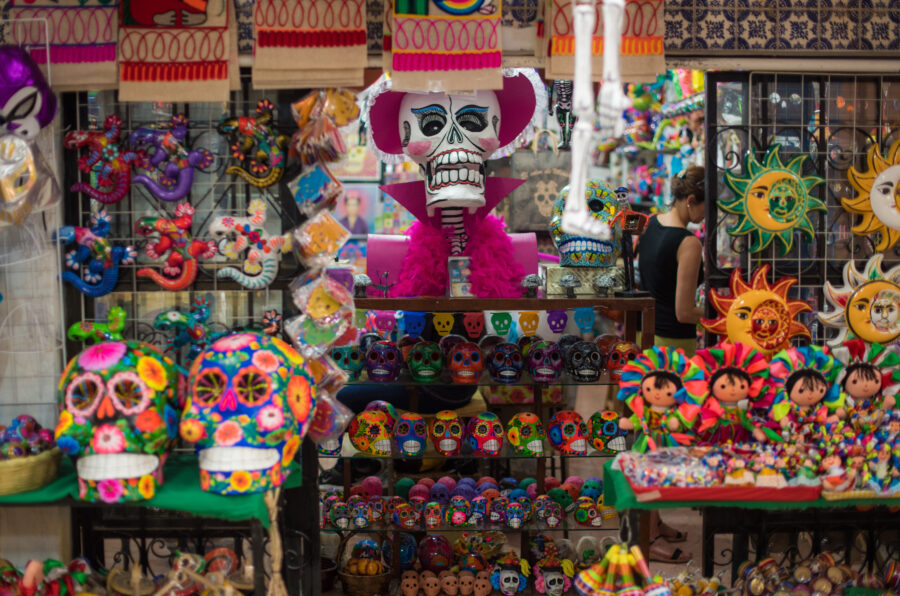
Both cities offer unique cultural experiences that showcase the essence of Mexican life. From vibrant markets to colorful festivals and artistic expressions, visitors can immerse themselves in authentic local traditions.
Markets and Shopping
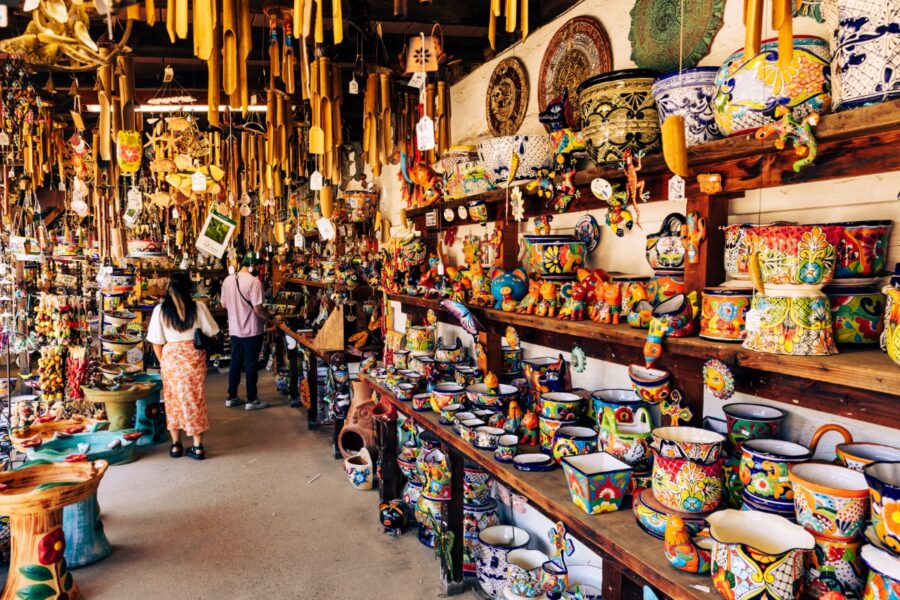
Mexico City has massive and diverse markets, with Mercado de la Ciudadela standing out for its artisanal crafts and souvenirs. La Lagunilla Sunday market offers vintage treasures and antiques that can’t be found elsewhere. Upscale neighborhoods like Polanco and Roma have trendy boutiques selling designer goods and contemporary Mexican fashion.
San Cristobal’s shopping experiences are more intimate and traditional. The primary market near the zocalo sells indigenous textiles, amber jewelry, and colorful handicrafts. Local cooperatives by Tzotzil and Tzeltal women offer authentic handwoven goods directly from artisans.
The famous Santo Domingo craft market stretches several blocks and features artisans from surrounding villages selling their unique creations. You’ll find everything from vibrant embroidered blouses to hand-carved wooden masks.
Festivals and Events
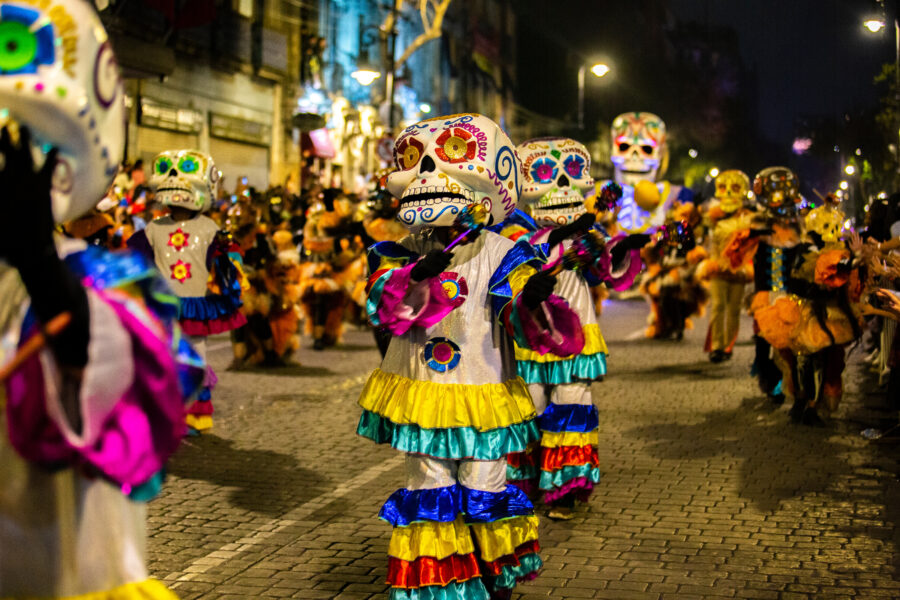
Mexico City hosts world-class events year-round. The Day of the Dead celebrations transform the city with elaborate altars and parades. Independence Day in September turns Zocalo Square into a massive party with fireworks and concerts.
Contemporary art fairs like Zona Maco attract international visitors, while food festivals showcase the city’s renowned culinary scene. The metropolis also hosts major sporting events and international music concerts.
San Cristobal shines with more traditional celebrations. The feast of San Cristobal in July features indigenous dances and processions through cobblestone streets. Nearby Chiapa de Corzo holds the stunning Fiesta Grande in January with dancers wearing elaborate headdresses.
Holy Week processions wind through San Cristobal’s colonial center with religious fervor. These smaller celebrations offer a more authentic glimpse into local traditions and indigenous spiritual practices.
Arts and Entertainment
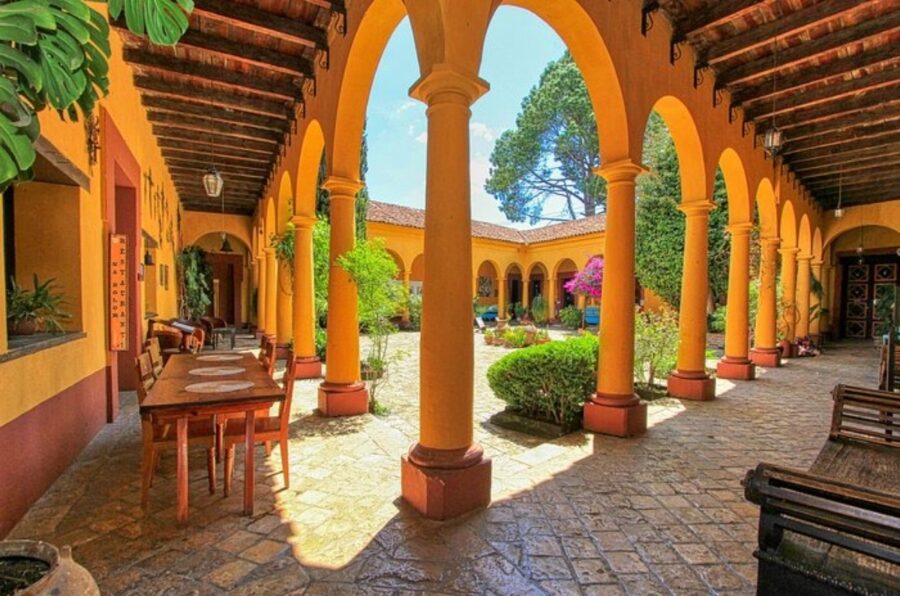
Mexico City boasts over 150 museums, including the world-famous Anthropology Museum and Frida Kahlo’s Casa Azul. The theater scene is vibrant with performances ranging from classical to experimental works at venues like Bellas Artes.
Street art adorns neighborhoods like Coyoacán and Roma. Music venues offer everything from traditional mariachi to cutting-edge electronic music. The city’s cultural activities never stop.
San Cristobal’s arts scene is more focused on indigenous traditions. Na Bolom Cultural Center preserves the heritage of Chiapas communities through exhibitions and workshops. Small galleries showcase local artists who blend traditional techniques with contemporary themes.
Live music fills the zocalo most evenings, with marimba bands playing regional favorites. Coffee shops often host poetry readings and acoustic performances by local musicians. The city’s artistic spirit feels more grassroots and connected to its indigenous roots.
Practical Information for Travelers
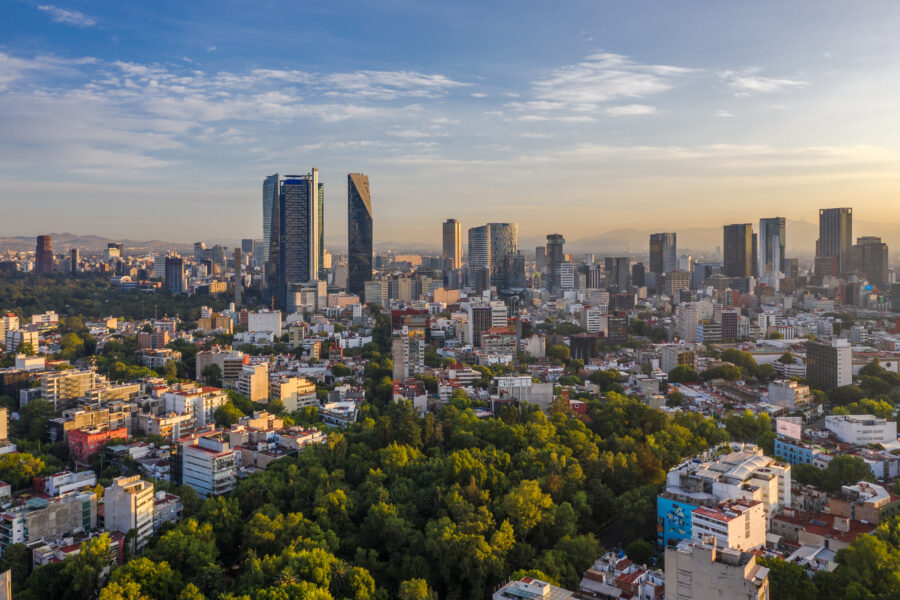
Trips in these cities should be planned accordingly. Understanding some key differences in weather patterns, safety considerations, and communication challenges you might face is required in Mexico City or San Cristobal de las Casas.
Weather and Best Time to Visit

Due to its high elevation (7,350 feet), Mexico City enjoys a moderate climate year-round. Daytime temperatures typically range between 70-80°F (21-27°C), while nights can get chilly, especially from November to February.
The best time to visit Mexico City is from November to April in the dry season. The rainy season (May-October) brings afternoon showers, but mornings are usually clear.
San Cristobal is even higher, at 7,200 feet, and has a cooler climate. Expect daytime temperatures around 65-75°F (18-24°C) and quite cold nights that can drop to 40°F (4°C).
Pack layers for both destinations! San Cristobal’s weather can be unpredictable, with rain possible year-round, though January-April tends to be drier. Most travelers find March-May and September-November ideal for visiting both cities.
Health and Safety
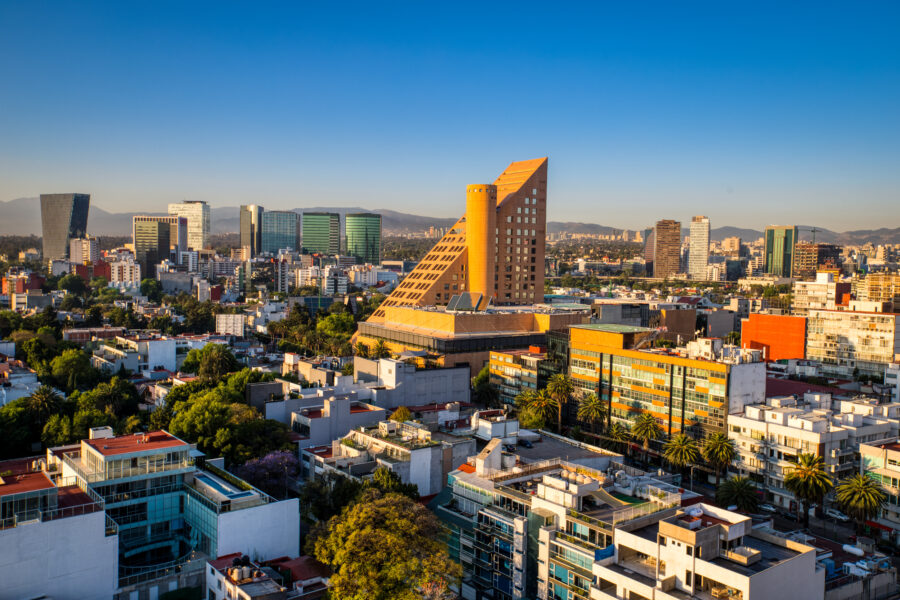
Both destinations require standard travel precautions, but with some notable differences.
Mexico City Safety Tips:
- Use official taxis or rideshare apps rather than hailing cabs on the streets
- Stay in tourist-friendly neighborhoods like Roma, Condesa, or Polanco
- Be aware of pickpockets in crowded metro stations
- Drink bottled water to avoid stomach issues
San Cristobal Safety Tips:
- San Cristobal is generally considered safer than Mexico City for petty crime
- Political demonstrations occasionally occur in the central plaza
- Remote roads outside town require caution if traveling independently
- Altitude adjustment might take 1-2 days for some travelers
Both cities have good medical facilities, though Mexico City offers world-class hospitals. Travel insurance is recommended. Bring common medications, as some brands may differ in Mexico.
Language and Communication
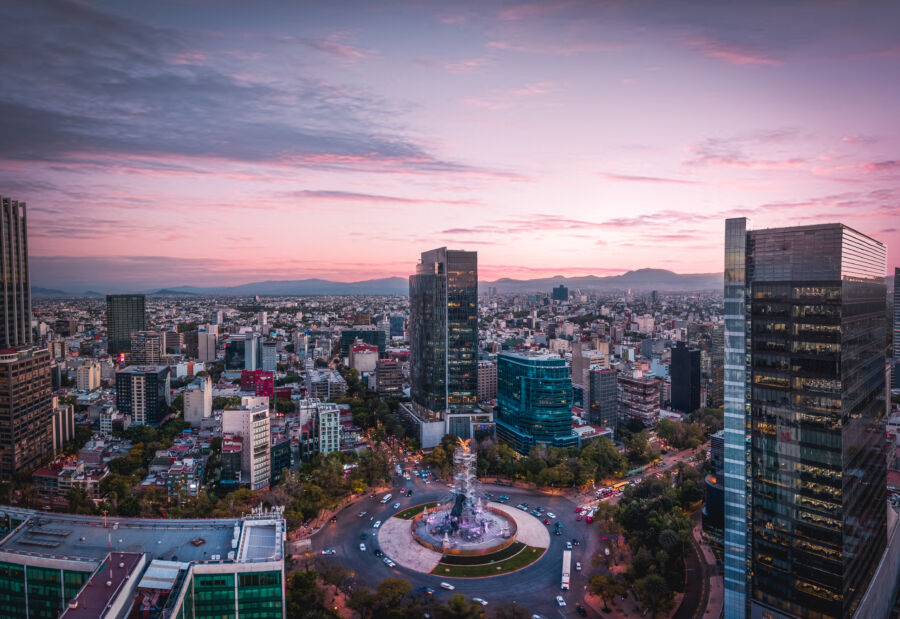
Spanish is the official language in both destinations, but the experience varies significantly.
In Mexico City, you’ll find:
- Many English speakers are found in tourist areas, hotels, and upscale restaurants
- Museum exhibits often have English translations
- Uber drivers who might speak basic English
- More international visitors are creating a cosmopolitan atmosphere
Meanwhile, San Cristobal presents more language challenges:
- Fewer English speakers, even in tourist establishments
- Indigenous languages (primarily Tzotzil and Tzeltal) are spoken alongside Spanish
- A more immersive cultural experience requiring basic Spanish
- Slower, clearer Spanish is spoken than in Mexico City
Learning basic Spanish phrases will enhance your experience in both places. Translation apps work well in both cities, though internet connectivity is more reliable in Mexico City. Many restaurants in tourist areas have English menus.
Frequently Asked Questions
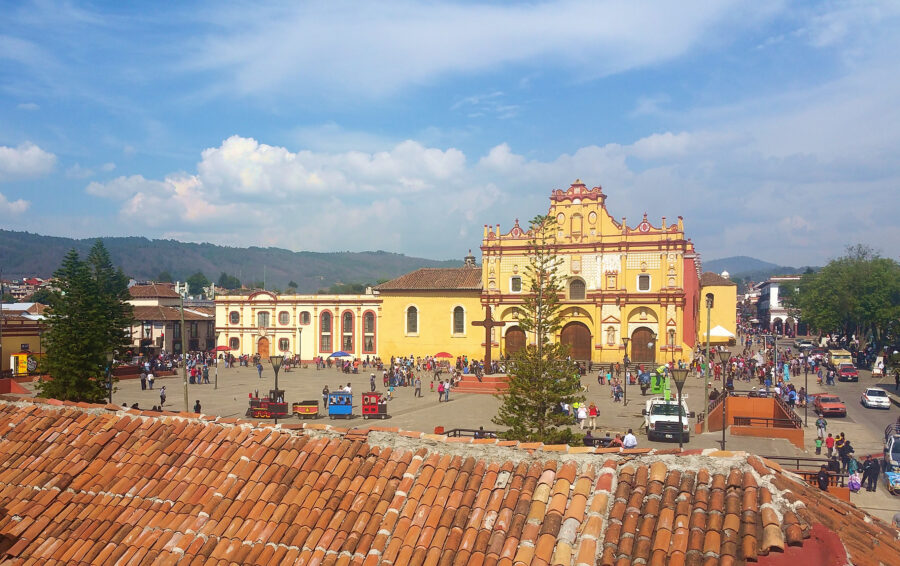
When planning their Mexican adventures, travelers often ponder key differences between Mexico City and San Cristobal de las Casas. These cities offer distinct experiences in culture, climate, cost, and attractions that can greatly impact their travel experience.
What unique cultural experiences differentiate Mexico City from San Cristobal de las Casas?
Mexico City offers a cosmopolitan cultural scene with world-class museums like the Anthropology Museum and Frida Kahlo’s Casa Azul. The city blends ancient Aztec ruins with colonial architecture and modern urban life.
San Cristobal, by contrast, provides a more intimate cultural experience with strong indigenous influences. Visitors can explore traditional Mayan villages nearby and witness authentic textile production and craftsmanship.
The culinary scenes also differ dramatically. Mexico City boasts everything from street tacos to Michelin-star restaurants, while San Cristobal focuses on regional Chiapanecan cuisine with dishes like cochito (pork stew) and tamales juacanes.
How do the climates of Mexico City and San Cristobal de las Casas compare and affect travel plans?
Mexico City enjoys a moderate climate year-round with temperatures typically between 50-75°F (10-24°C). The city sits at around 7,350 feet (2,240 meters) above sea level, creating pleasant days but sometimes cool evenings.
San Cristobal sits even higher at about 7,200 feet (2,200 meters) and is noticeably cooler. Many travelers are surprised by the chilly weather, especially at night when temperatures can drop quite low. Packing layers is essential for San Cristobal.
The rainy season affects both locations from May to October, but afternoon showers typically clear quickly. Winter months (December-February) can be particularly cold in San Cristobal, requiring a jacket even during daytime.
Can you provide a cost comparison for travelers considering a stay in Mexico City, as opposed to San Cristobal de las Casas?
San Cristobal is generally more budget-friendly than Mexico City. Mid-range accommodations in San Cristobal might cost $30-60 USD per night, while similar quality in Mexico City typically runs $60-120 USD.
Food costs follow a similar pattern. A nice meal in San Cristobal costs around $5-15 per person, while Mexico City restaurants in tourist areas might charge $10-30 for comparable dining experiences.
Transportation within San Cristobal is also cheaper, with most attractions within walking distance. However, Mexico City requires more spending on taxis, Uber, or metro rides to navigate its vast urban sprawl.
What are the top historical attractions in San Cristobal de las Casas?
The Cathedral of San Cristobal dominates the main plaza with its mustard-yellow façade and intricate interior dating back to the 16th century. Its unique blend of baroque and indigenous design elements makes it a must-visit.
Templo de Santo Domingo is another architectural gem with its elaborate façade and gilded interior. The adjacent craft market offers authentic indigenous textiles and handicrafts.
Na Bolom Museum provides insight into the Lacandon Maya culture. This former home of archaeologist Frans Blom and photographer Gertrude Duby Blom now showcases their collection of Mayan artifacts and photographs.
The Museum of Mayan Medicine offers a fascinating look at traditional healing practices that continue today in surrounding communities.
Why might someone choose Mexico City over other popular tourist destinations in Mexico, such as Cancun?
Mexico City offers cultural depth that beach destinations like Cancun simply can’t match. With over 150 museums, it’s a paradise for history and art lovers seeking substance beyond sunbathing.
The gastronomy scene in Mexico City ranks among the world’s best. From street food to high-end restaurants like Pujol, the city provides culinary experiences that coastal resorts rarely equal.
Value for money also favors Mexico City. While Cancun’s prices cater to international tourists, Mexico City offers authentic experiences at more reasonable prices despite being the capital.
Day trip possibilities abound from Mexico City, including the pyramids of Teotihuacan, the floating gardens of Xochimilco, and colonial towns like Puebla and Taxco.
How has the renaming from Distrito Federal to Mexico City impacted the city’s identity and tourism?
The 2016 name change from Distrito Federal (DF) to Ciudad de México (CDMX) was part of a rebranding effort that modernized the city’s image. New logos and marketing campaigns helped refresh perceptions of the capital.
Tourism marketing became more cohesive under the CDMX brand. Colorful CDMX signs throughout the city created Instagram-worthy photo opportunities that helped promote tourism through social media.
The change also brought greater political autonomy to the city, allowing for more local control over tourism development and infrastructure improvements. This has resulted in better public spaces and transportation options for visitors.



